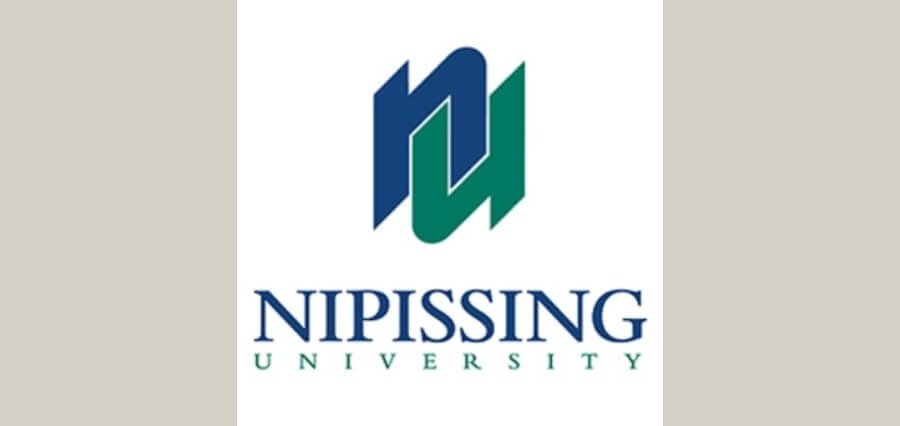“The aim of education is gaining knowledge, not of facts, but of values” –William S. Burroughs
Development of any nation solely depends on the quality of human resources; and good human resource is produced through quality education. Education provides people with an opportunity to reflect on the social, cultural, moral, economic, and spiritual issues and contributes towards the development through propagation of specialized knowledge and skills.
India, even after 70 years of its independence, is far away from the goal of universal literacy. The fact that India’s higher education system is churning out millions of graduates who are unemployable speaks of the need to improve the quality of education in the country. However, on a positive note, India is engaged in the use of higher education as a powerful tool to build a knowledge-based information society of the 21st Century. Indian professionals are considered among the best in the world and are in great demand. This signifies the inherent strength of the Indian educational system.
Going Back to the Roots
Education in India dates back to its early civilization time where teaching and learning process revolved around the ‘Gurukul System’. It was a residential concept wherein the students were educated under the guidance of a “Guru” in different areas of religion, philosophy and science. Historians speculate that these centers had a remarkable resemblance to the European medieval universities that came up much later.
The initial education system in India gradually got obscured due to subsequent invasions and disorder in the country. In the early modern age, the Islamic influences enriched the traditional learning centers and brought in the disciplines of Geography, Administration, Law, and Arabic Mathematics to India.
A major change in the design of higher education was brought by the European rulers. The British established the formal system of higher education focused on languages, literature, history, and philosophy. These learning centers were focused on generating English-speaking working-class people for the British administrative services, army and trade. The British model of University system, inspired by the University of London, continued to expand across India, leading to a rising number of higher learning centers by 1947.
The higher education system in India grew rapidly after independence. By 1980, there were 132 universities and 4738 colleges, enrolling around five per cent of the eligible age group in higher education. The number of institutions in India is four times more than the number of institutions both in the United States and the entire Europe.
Present-day Scenario
India is dashing headlong towards economic success and modernization. It is counting on high-tech industries, such as IT and Biotechnology, to propel the nation to prosperity. Currently, Indian higher education system has many favorable factors to its advantage. India has a large higher education sector, the third largest in the world. It uses English as a principal language of higher education and research and has an extensive academic tradition. Academic liberty is appreciated and there are a small number of high-quality institutions that can form the foundation of quality education. The fact that State Government, rather than Central Government, maneuvers vital responsibility for higher education, creates a rather cumbersome structure, but the system allows for a diversity of policies and approaches.
Yet the weakness clearly outweighs the strengths. India educates approximately 10 per cent of its youths in higher education. Even though, none of its universities occupy a solid position at the top. A few of the best universities have some excellent departments and centers, and there are a small number of outstanding undergraduate colleges.
UGC recently released a report describing the current scenario of the Indian Higher Education System. It shows that despite the growing numbers of colleges and enrollments, it is not adequate enough to cater to the educational needs of the increasing young population.
Measures to Improve the Quality of Higher Education
One of the most efficient ways of tackling the problem of poor educational quality is by sharing the resources between private and public schools. It is vital to remember that the quality of education is directly linked to the resources available and it is important for the government to improve the resource allocation to bring about qualitative changes in the field of education. To enable the higher education sector to take on the emerging competition from the Asian countries, there is a need to loosen the hold of the government over the higher educational institutions.
The Government should undertake the following measures to improve the quality of higher education:
Encouraging Individuality
Albert Einstein once said, “Everyone’s a genius. But if you judge a fish on its ability to climb a tree, it will live its whole life believing that it is stupid.” With the difference in ability, aptitude and interest of a student and the societal demands of expertise and specialization, the standardized testing and curriculum does not give much scope for the students to relate to the world of work and wages. Creativity that has nurtured our influences in almost all of life’s passions and interests drops dead at standardized tests. The current educational system expects conformity and rewards predictable behaviors, both intellectually and emotionally.
Tech-Savvy Methods of Teaching
The new technologies offer vast opportunities for progress in all walks of life. The focus should not be on installing hardware but creating new, high-quality content such as intelligent teaching systems and tools that will help students to hone basic skills like reading and mathematics, and developing content in multiple Indian languages. Free high-speed internet connections can be provided to all schools through a simple scheme by which the government could reimburse internet service providers directly.
Making the Curriculum Dynamic
Currently, the curriculum in higher education is outdated in most cases. It is stale, dogmatic and teaches things that the world has moved on with. To infuse dynamism, the curriculum needs to be progressive in nature. Students need to be given the option of doing multiple courses. The spirit of curriculum should be projects-driven and not exams-driven.
High-Tech Libraries
The university libraries have a very good collection of books, but they are all in mess. A library must be online and helpful for serious study. Indian universities should concentrate more on providing quality education which is equivalent to that of the global standards. Instituting this notion in the education system will be of great help as anyone will be able to access the books and required study materials from anywhere with amazing effortlessness. Moreover, the E-libraries can be updated swiftly with new material and books.
The Power of Alumni
One of the most unappreciated potentials in Indian education system is the power of the Alumni. Excluding the IIT’s and a few other top institutes, the concept of Alumni networking is non-existent. Once you launch a sincere network which is transparent, it would give the avenue as well as the confidence for the alumni to contribute in terms of money or academic expertise.
Keeping in perspective the rapid changes taking place in the society, higher education should possess various qualities like inculcation of confidence and ability to take responsibility and prepare students to be effective within the circumstances of their lives and work, and promote the pursuit of excellence in development and application of knowledge and skills. Government should take certain appropriate policy measures to improve the education system. India, today, is one of the fastest developing countries of the world. And hence, needs an educational system that is modern, liberal and can adapt to the changing needs of a changing society, a changing economy and a changing world.









